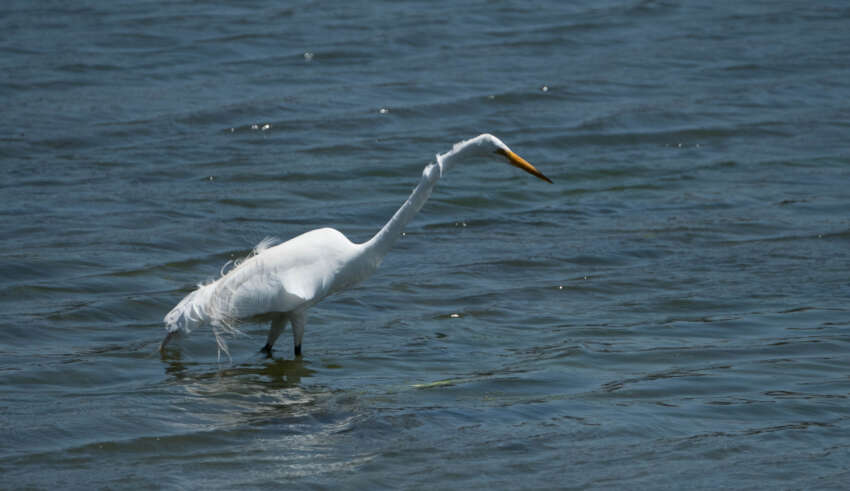
The leader might ask what other people think about the Innovator’s venture (and how they might react to her ideas). This leader might also inquire about how the innovator will return home from the healthcare wilderness. Thoughtful advice can be provided to the Innovator/Explorer about how she might best portray her journey to other members of the organization. The leader might also ask the Innovator a difficult question (from the domain of intentions): Why is she going out into the wilderness? While the leader might not expect a clear answer, they will at least encourage some pondering about the motivation on the part of the Innovator. From an assessment perspective, the physician leader might ask the Innovator about her criteria of success: “How will you know whether or not this new or adopted idea works?”
The physician leader can work in yet another way with the Innovator. They can become a “learning coach” by periodically asking the Innovator to identify what she is learning from this new venture. This might be considered Formative Learning—gaining new insights while in the midst of a project and modifying the project based on these insights. This learning probe can take place instead at the end of the project or a major segment of the project. This might be considered Summative Learning: “What did you learn from this project and how will you make use of this learning in the future?”
Finally, there is the crossing of boundaries when medical innovations and explorations emerge from the combination of two or more old ideas or from the use of an old idea in a new field or discipline. When this occurs, resistance is often found among those who have been using the old ideas for many years. As Frist and Shumway observed, they resent the “newcomer.” The leader can help the Innovator confront this resistance. The (communications) expert can be particularly helpful in suggesting ways in which the Innovator can make effective use of metaphor, story and language that the holders of the old ideas can appreciate and that honor their contribution. The old idea-holders will themselves feel like innovators if they can see how their old idea is being engaged in new ways and with new effects. Furthermore, a physician leader can help the Innovator frame the criteria of “truth” or “success” in ways that appeal to both the original holders of the old ideas and those who are about to discover the recombined or reapplied idea for the first time.
Early Adopters/Pioneers
The Early Adopters are the ones who are willing to “venture West” after the explorers map out the healthcare territory. The Early Adopters are willing to embrace or at least try out a new idea – often because in other areas they have themselves been innovators. As a result of their own past experiences, these pioneers do not need much convincing. They will try out a new idea or procedure, find its faults, assist in its improvement, and tell the world that it has great potential. In many instances, the Early Adopters are the “make or break” folks. If they don’t support or try out the new idea, then no one else is likely to get on board the covered wagon (or train) as it “heads West.”
Types of Early Adopters/Pioneers
There seem to be several different types of Early Adopters. First, there are the funders. They pay for the wagon or train (and often the wagon master/facilitator). While funding sources is very important during the early stages of an innovation, there is a second cluster of men and women who are invaluable in moving this innovation to early adoption. These are the sponsors of innovation. They let the world know that this is a “good” idea. These sponsors often hold institutional status and have credibility, so their “say” about an innovation can make a difference.








